As a cutting-edge discipline, quantum science has long faced the challenge of balancing accessibility with scientific rigor in public outreach. Designed by Silkroad Visual, the "Quantum Science" exhibition zone on the fifth floor of the Shenzhen Science and Technology Museum successfully transforms abstract quantum concepts into perceptible immersive experiences, establishing Asia’s first dedicated exhibition space systematically showcasing quantum science. Departing from the limitations of classical physics, the zone guides visitors through a cognitive breakthrough—"perceiving the infinite through the finite"—amid the collision of micro and macro worlds.
The curation team adopted a narrative thread of "Discovering Quantum—Decoding Its Essence—Technological Applications" to trace the century-long evolution of quantum theory. Moving beyond traditional didactic approaches, they constructed a scientific dialogue space through spatial storytelling and physical interactions. Three major sections—"Touching the Intangible," "Capturing the Elusive Quantum," and "Racing in the Macro World"—respectively focus on the origins of quantum theory and the dilemmas of classical physics; the revelation of disruptive principles in the micro-world and the restoration of historic scientific debates; and modern applications of quantum technology in computing and communication alongside tangible presentations of Shenzhen’s research achievements.
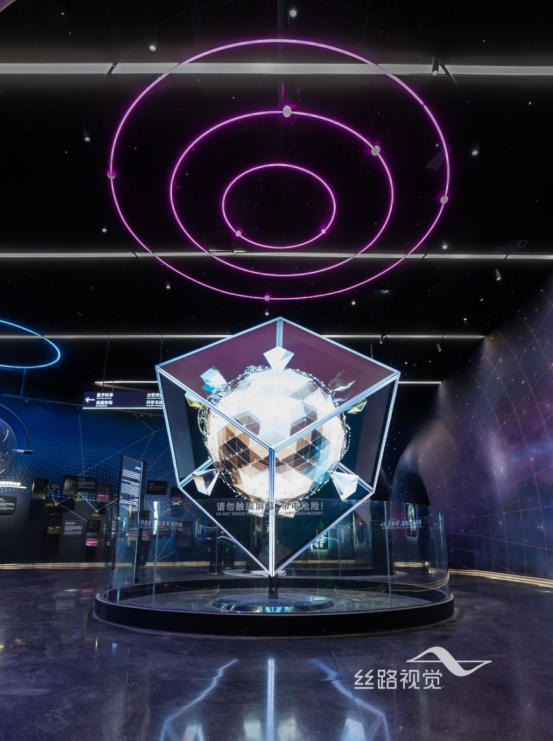
As the visual centerpiece of the entrance, the "Quantum Core" uses a 3D naked-eye cube to create a surreal micro-theater visualizing the inception of quantum theory and the characteristics of the micro-world. Its innovative design merges scientific history with physical phenomena, helping visitors grasp how quantum theory transcends classical physics.
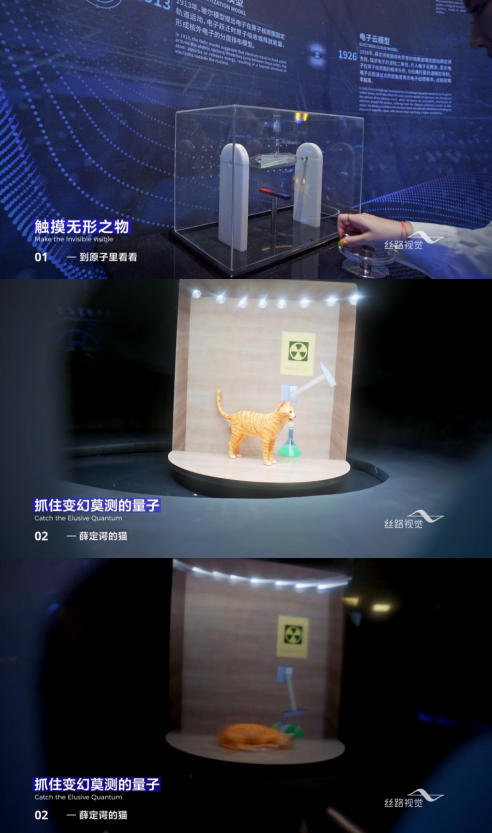
"Journey into the Atom" physically visualizes microscopic atomic structures. By transforming cathode-ray devices and Rutherford scattering experimental setups into interactive exhibits, visitors learn through playful engagement how humanity’s understanding of atoms has evolved across eras—an endless quest.
"Schrödinger’s Equation" employs projected animations to illustrate the equation’s foundational role as the law of motion for quantum systems. Meanwhile, "Schrödinger’s Ghost Cat" centers on mechanical flipbooks and black-box experimental devices, converting the philosophical dilemma of superposition into explorable visual symbols: as visitors approach the device, the cat’s life-or-death state collapses with observation, metaphorizing the relationship between quantum states and measurement.
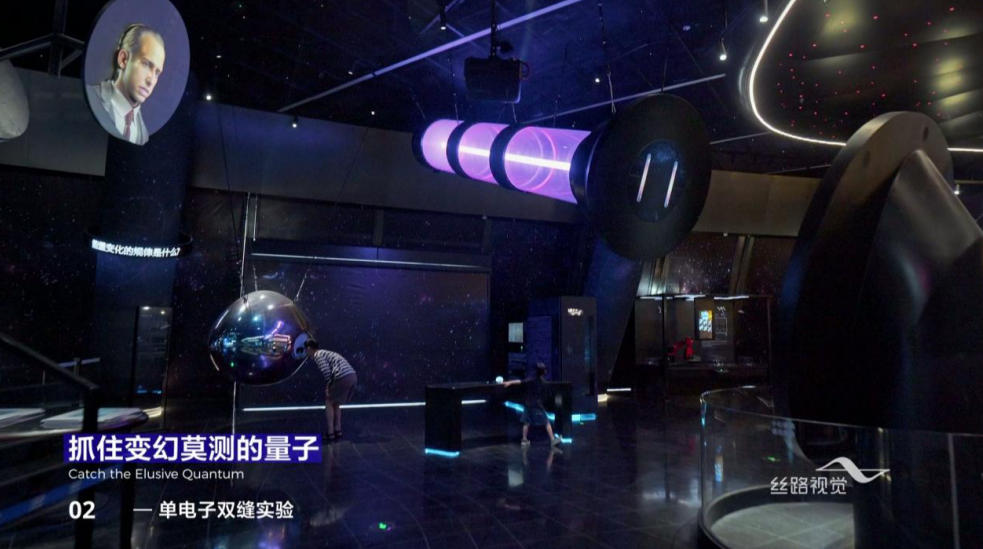
The "Single-Electron Double-Slit Experiment" uses physical apparatus and electron microscopy simulations to demonstrate wave-particle duality—even when electrons are emitted individually, interference patterns accumulate on the detection screen, proving quantum nonlocality. By combining physical experiments with multimedia storytelling, abstract properties of microscopic particles are translated into operable macro phenomena.
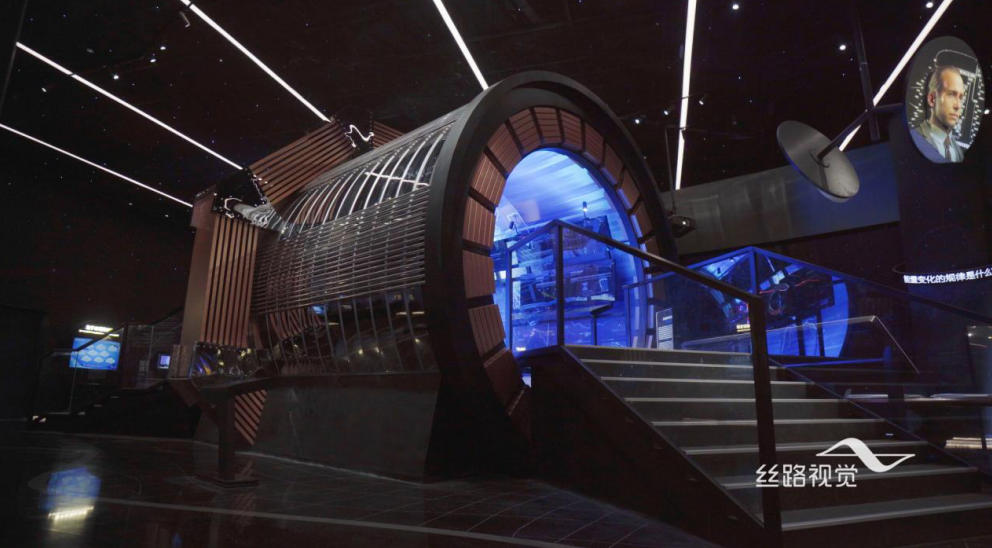
"Particle Accelerator" takes the Beijing Spectrometer (BESII) of the Beijing Electron-Positron Collider (BEPC) as its prototype. Through BESII models and interactive games, it visually presents particle acceleration and collision processes. Visitors simulate particle acceleration to observe the motion of microscopic particles in magnetic fields, while superconducting magnets showcase macroscopic manifestations of quantum tunneling at low temperatures.
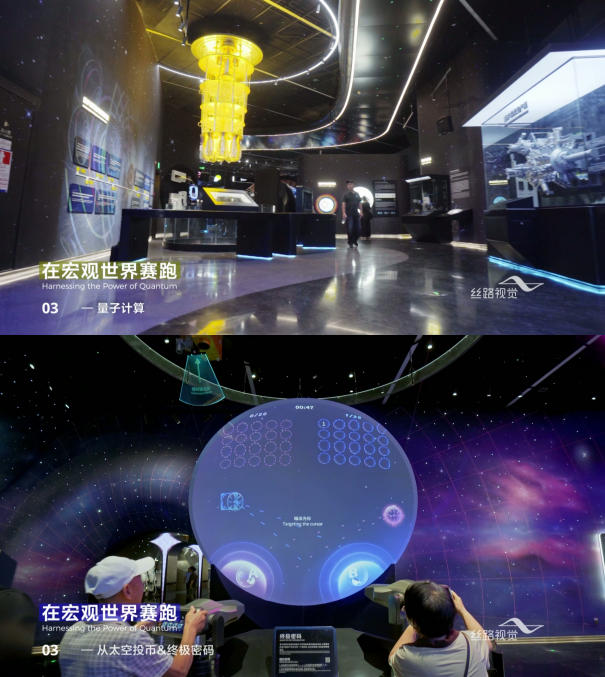
The "Quantum Computing" exhibit group centers around a replica of Shenzhen Quantum Research Institute’s superconducting quantum computer prototype "Xuanwu." Multiple interactive tables and panels introduce the principles, capabilities, and evolution of quantum computing.
"Ultimate Code" narrates the core security mechanism of quantum communication. Via physical implementations and interactive demos of the BB84 protocol, it reveals how quantum key distribution leverages the no-cloning theorem to ensure absolute information security.
The design team deconstructs scientific barriers through artistic approaches, using naked-eye 3D cubes, mechanical turntables, laser projections, and other mediums to transform quantum phenomena—such as state collapse and nonlocal correlations—into tangible visual and tactile feedback. This "perceiving the infinite through the finite" philosophy preserves mathematical rigor while igniting public curiosity through contextual narratives. Visitors grasp quantum science’s core logic through interaction, bypassing complex mathematical tools.
The zone redefines the role of science museums: elevating from mere knowledge dissemination to cultivating scientific thinking. Leveraging Silkroad Visual’s spatial design, the Shenzhen Science and Technology Museum liberates quantum science from laboratory equations, transforming it into a cultural achievement accessible for public dialogue.
About Silkroad Visual Technology Co., Ltd.
Silkroad Visual Technology Co., Ltd. was established in 2002 and headquartered in Shenzhen, China. Silkroad Visual is a leader in digital visual technology, harnessing the power of CG, VR, AR, and other cutting-edge innovations. We deliver market-focused, innovation-driven digital creative services, offering everything from digital exhibitions to comprehensive full-chain solutions in digital creativity, data visualization, and design.
For more information, visit Silkroad Visual’s website ( www.silkroadcg.com )
Media Contact
Company Name: Silkroad Visual Technology Co., Ltd.
Contact Person: Stacey Shu
Email: Send Email
Country: China
Website: www.silkroadcg.com

